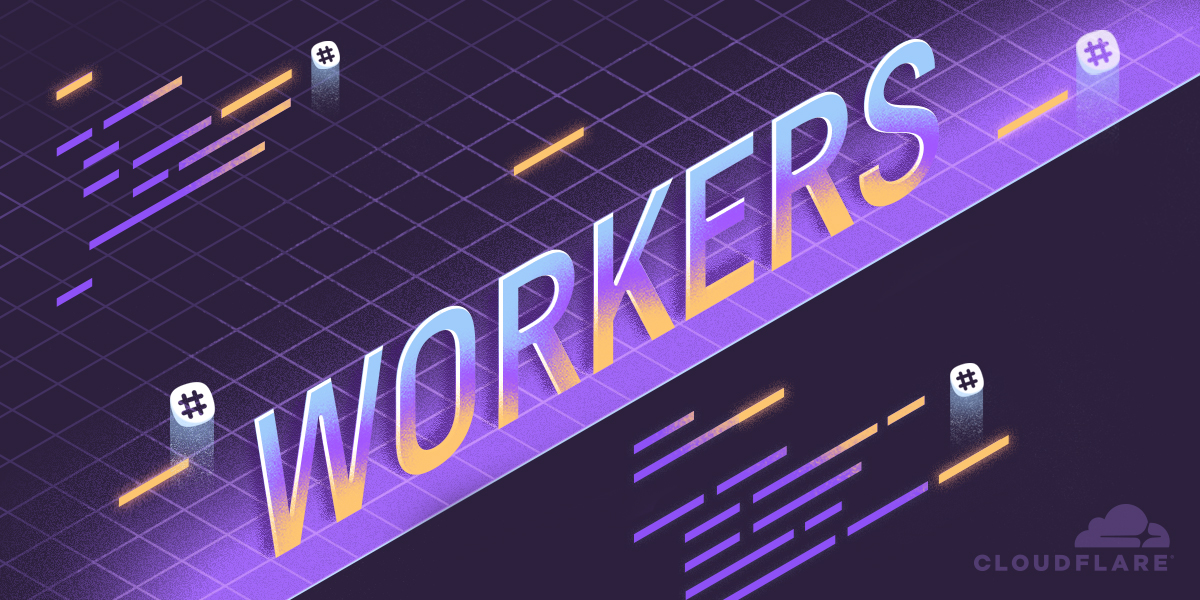Short Take – Thinking About Your Career Trajectory
In this Short Take, Eyvonne explores how to think about your career trajectory and covers 5 questions you should ask yourself when planning your career.
The post Short Take – Thinking About Your Career Trajectory appeared first on Network Collective.








 HPE started shipping its composable infrastructure product last year, and says in the first quarter of fiscal year 2018 alone it increased its customer base by more than 50 percent.
HPE started shipping its composable infrastructure product last year, and says in the first quarter of fiscal year 2018 alone it increased its customer base by more than 50 percent.
